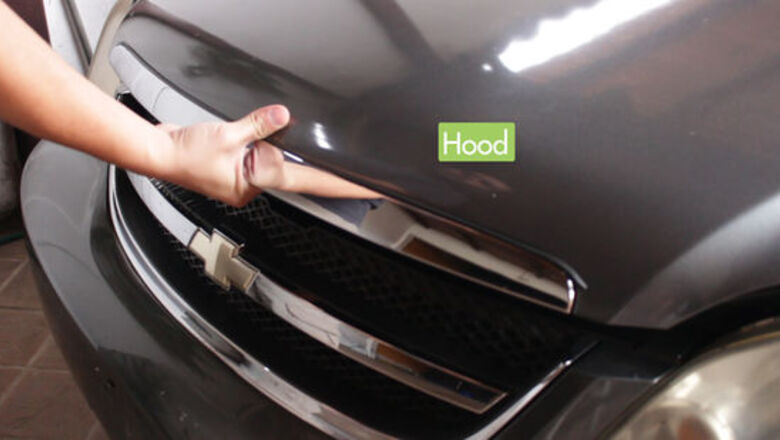
views
How to Check Engine Oil
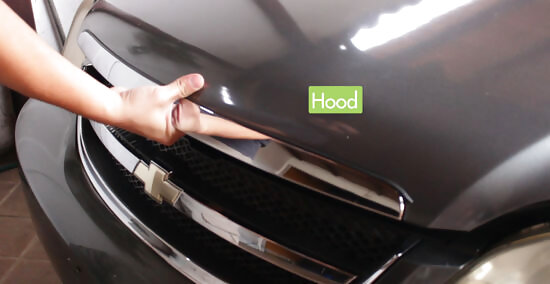
Park the car on a level surface, let it cool, and open the hood. Find a relatively flat surface to park and check your oil for an accurate reading. Pull or push the latch at the foot of the driver-side door. Then, exit the car and lift the latch at the center (or slightly off-centered) to raise the hood. Most manufacturers recommend allowing the car to cool down before inspecting the oil. In contrast, others suggest waiting five minutes after turning off the car. Refer to your owner's manual for your vehicle's recommended procedure. On some cars, the hood will stay up, while on others, it will require a prop rod, usually folded up on the front or side of the engine compartment. Lift this support into place (there will be an opening on the hood to insert it) and let go of the hood.
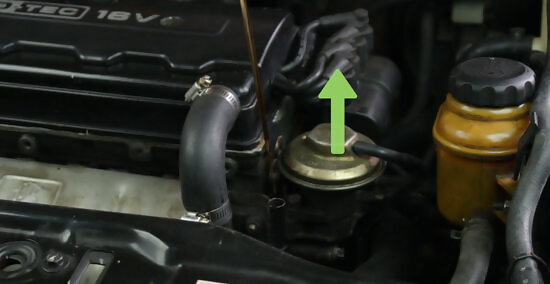
Locate and remove the dipstick next to the engine block. On most cars, the oil dipstick will have a red, orange, or yellow handle with a circular or rectangular shape. Oil dipsticks are typically located towards the passenger side or near the front. Slowly pull the dipstick out from the holder. You shouldn't have to pull very hard or twist on most oil dipsticks, but you might have to use some strength to get it free. The dipstick may point directly from the top of the valve cover on Hondas and some Fords. Most automatic transmission vehicles will have two dipsticks under the hood, one for oil and one for transmission fluid. Transmission dipsticks are located near the rear of the engine bay or towards the driver's side inside a slightly larger tube.
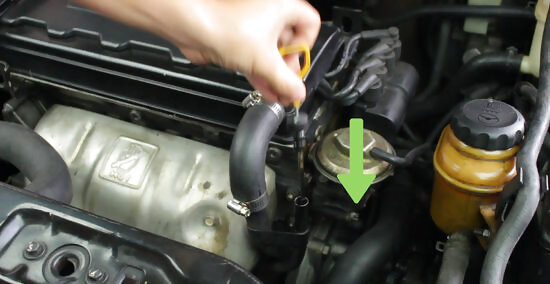
Wipe the oil off, reinsert the dipstick, then pull it out again. The first time you pull the dipstick out, it won't give you the most accurate reading. Wipe it off with a paper towel or rag, then put it back in the holder. Pull it back out to get a good reading on the amount of oil.
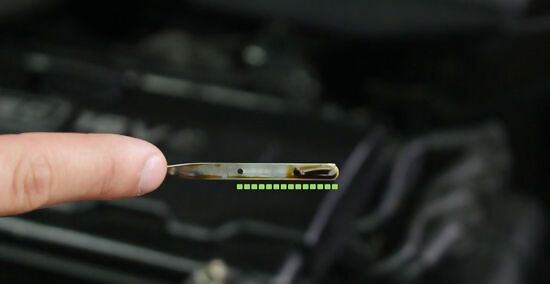
Check where the oil falls on the dipstick. There will be two small dots, lines, or markings on the end of most dipsticks; one corresponds to the maximum fill line in the oil pan, and the other refers to the minimum. The minimum dot is close to the tip; the maximum is about an inch above it. The oil should fall between these two markings. If the oil line on the dipstick is below the minimum marking, add oil to the car. If the oil line is above the maximum fill point, you may need to drain some oil from your car.
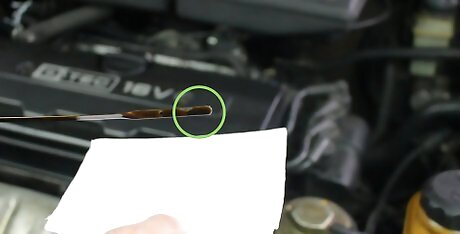
Look for a yellow or amber oil color. The color and the consistency of engine oil indicates its age and quality. Engine oil in good condition is golden or amber—nor super dark or dirty. Oil will change in color from golden or amber colored to brown and black as more and more particulate gets in the oil from the engine. If the color is brown or black, it's likely a sign that your oil needs to be changed. Take the car to be serviced, or change the oil yourself. Metal filings and particulate indicate a problem with your engine. If you see metal shavings or pieces in your oil, see a mechanic for diagnostics and repairs.
How to Add Oil to Your Car
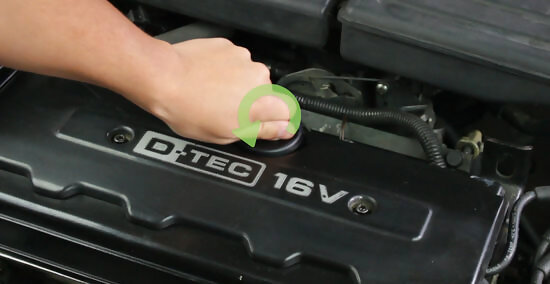
Locate the oil cap located on top of the engine. Often, oil caps are labeled "Oil Fill" and sometimes note the grade of engine oil your vehicle requires. Remove the cap, wipe it off with a paper towel, and insert a clean funnel into the opening. For example, an oil cap marked “5w30” indicates that’s the oil required.
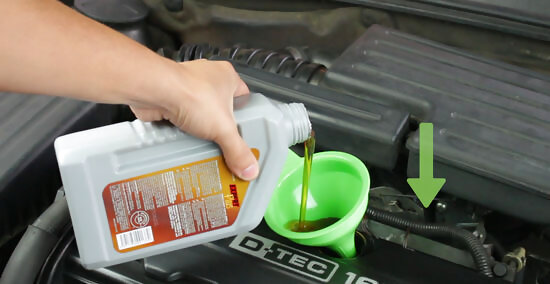
Add oil in small increments. Allow time for the oil to drain into the oil pan, and add oil to your car approximately one quart at a time. It should fill up the funnel quickly and then glug down slowly. Avoid overfilling the funnel. If you spill some oil on the engine compartment, don't panic. Spilled oil isn't super dangerous, though it will smell bad and may cause some smoke. Try to wipe it up as best you can with a rag or paper towel.
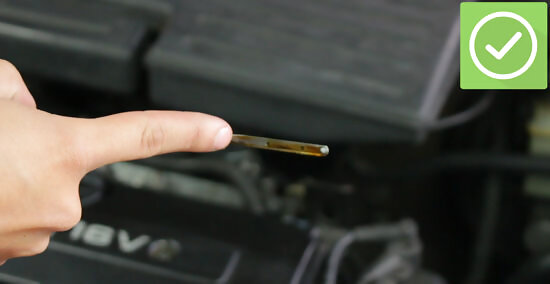
Recheck the oil level and fasten the cap. Remove the dipstick and check the level. Repeat this process until the oil reaches the maximum fill line. Wipe the dipstick off after each read. Once you have finished, double-check that the dipstick is fully seated and the oil fill cap is secure. Remove any rags, paper towels, or oil bottles. Lower the hood prop and close the hood.
When should you check your oil?
Check your oil after every 1,000 miles or every 3-4 fill-ups. Staying on top of your engine's oil ensures all the engine's moving parts are properly lubricated to keep your vehicle running efficiently. Failure to top off your engine oil can cause serious damage. Auto specialists recommend checking your oil levels once a month, every 1,000 miles, or 3-4 fill-ups at the gas station. Low oil can cause the engine to overheat, leading to potential breakdowns or failure.













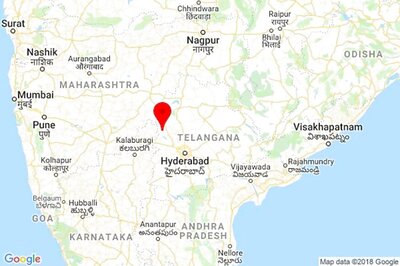



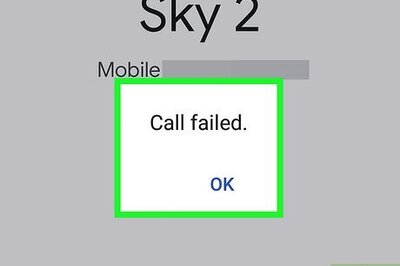

Comments
0 comment